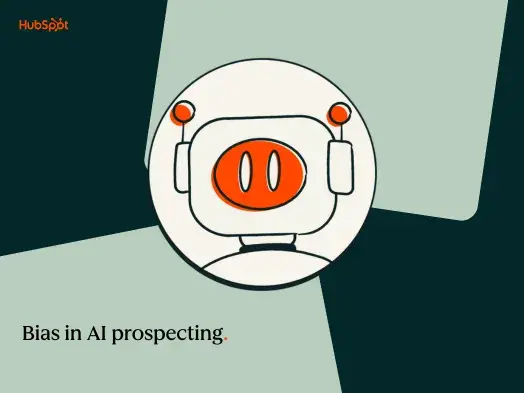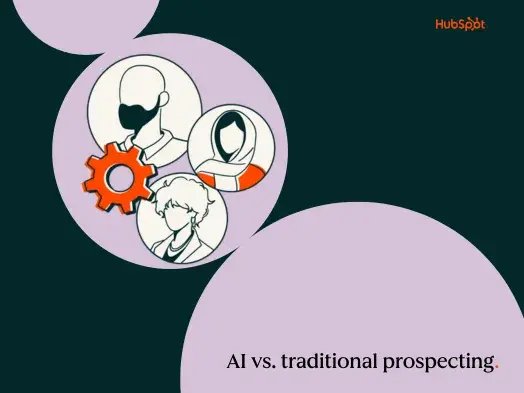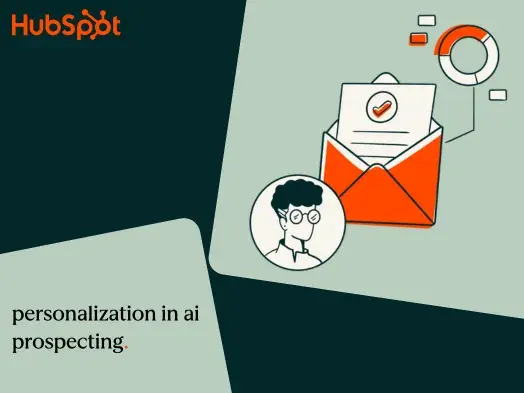The Social Commerce Revolution
Consumer purchasing behavior is miles away from what it used to be, especially for the digital native generation.
Where Baby Boomers may have found new products in a TV ad or their favorite retail stores, younger generations prefer to find it on social media. In fact, Gen Z consumers don’t just look to social media for product discovery, they look to their favorite content creators to guide their purchase decisions.
“The days of buying products from ads are definitely not over, but it’s clear that buying products directly from an influencer or people you follow and love online is going to work better,” says Sebastian Ghiorghiu, 25-year-old millionaire YouTuber and digital entrepreneur.
This is why social media is a content creator’s goldmine.
Their influence can directly translate into economic activity, and social media platforms are taking advantage of this through social commerce.
Popular definitions of social commerce emphasize shopping natively on these platforms — from product discovery to checkout — but it also describes the broader ecosystem of social interactions that influence purchasing decisions today.
Real Money in Real Time
Let’s start with TikTok.
TikTok has over one billion active monthly users and many of them are making buying decisions through its e-commerce platform.
TikTok Shop is built into the app to enable brands and creators showcase and sell their products directly on the app through touchpoints like shoppable videos, LIVE shopping, the shop page and the shop tab.
In February 2024 alone, over 68% of social shopping’s gross merchandise value came from the platform.
“It creates a better experience, and in my opinion, that's why TikTok live streaming has been booming lately,” Ghiorghiu says. “I know tons of people who hop on TikTok, start selling products on livestream, and make a few hundred bucks in their first couple of days. I even know a kid personally making $20K per month just two months in.”
Sharing Ghiorghiu’s sentiment is Solomon Eko, founder and chief visionary officer at AI-driven martech startup Retink Media , who notes that so far TikTok has proven to be a great platform for social commerce, as short-form video content generates significant engagement and revenue.
“Thanks to TikTok’s distinctive mix of commerce and entertainment, businesses can effectively engage younger audiences by using influencers to generate real, viral marketing campaigns. With just a few touches, this dynamic environment converts fans and followers into consumers, creating a smooth purchasing experience,” he says.
There are also similar platforms on Instagram and Facebook doing the same work for creators and brands.
Shopping on Instagram, which features functions like “Shoppable Posts” and “Instagram Shops”, allows creators to easily tag products in their content, making shopping simpler.
An Instagram Trends Research report showed 44% of 4,500 users surveyed used Instagram to shop weekly.
See for instance how Homesick, a candle, home fragrance, and lifestyle brand, recorded a 27% increase on ad spend when they allowed their customers to buy directly from their Instagram Shop instead of just their website.
Then, there’s Facebook Marketplace, which is currently the biggest social commerce site. And what about YouTube? The video sharing and advertising platform has functions like its shoppable ads that would add to videos virtual storefronts that lead to a business website.
A user like Ghiorghiu, for example, takes his prospects through all relevant stages of the customer journey on his social platforms and then directs them to complete the purchase off the app.
The YouTube content he creates for his 996K subscribers has, in fact, been a great source of extra income and attention for his dropshipping business.
Still, even though more than half of the world’s population is on social media and are engaging with digital content every single day, many professional content creators don’t earn enough money to sustain themselves or their creator business.
In fact, surveyed creators report that they need to earn over $75,000 annually to cover the costs of content creation and this is why they tend to use their savings or disposable income from another job to pay for startup and operations costs.
Where AI Comes In
How exactly does AI optimize this process in favor of creators and their commercial activities on social platforms?
1. Platform Side
Many of the social platforms integrate machine learning capabilities in their algorithms, making personalization and targeting possible.
This alone leads to higher customer conversation rates for these creators and considering that one of the top challenges creators face is making sure their content gets found, this definitely comes handy.
See TikTok’s recent AI and automation powered solutions for advertisers and creators on the platform, for example.
Third-party ecommerce software also integrates AI and automation functions in their solutions for creators and brands to give them more time to connect with their audience.
2. Creator Side
For the creator, using AI tools is like having a whole marketing team in your pocket.
HubSpot’s State of AI in Marketing Report shows this: Content creation remains the most popular use case for AI tools, with the most popular tasks being creating images with AI art tools, creating copy for text-based content, content quality assurance, and creating outlines for content like blogs and video scripts.
84% of content creators are also using AI tools in their creation process in 2024, and this is for three main reasons — productivity boost, time saving, and cost reduction.
Take faceless YouTubers, for example, who are leveraging AI to create quality content via YouTube Automation.
Hazel – a YouTuber who isn’t only camera shy but lacks the filming and editing expertise to run a YouTube channel – turned to AI.
By leveraging AI tools like ChatGPT and Stable Fusion, she produce videos for her YouTube channel in record time. These videos have helped her sell her own products on the platform.
Asides content creation, AI technologies like natural language processing enables interactions with customers in real-time, allowing these creators to keep tabs of all their leads and successfully complete transactions.
Kajabi recently launched Creator.io that allows creators to build a personalized chatbot from scratch.
This chatbot feeds on the creator’s content and will understand and respond to website visitors’ queries at a rate that is, of course, humanly impossible. Then there are platforms like Manychat helping creators handle their interactions on social media using chatbots.
Katie Plunkett, founder of the pediatric therapy center KidTalk, grew her page and sales by over 150% with one post because she went from asking her audience to visit the link in her bio to simply asking them to comment a keyword, and receiving an automated follow-up message.
“A major part of what made that post viral and blew my account up was because I was able to respond instantly to thousands of messages requesting one of my resources,” she says in a video.
A new feature on the platform, Manychat AI Step, doesn’t just follow-up, but also asks customer-specific questions. It then gathers and forwards to the creator.
So far, this feature has helped one creator, Trilce Jirón Garro, and her mattress company record a 35% jump in sales reportedly.
In Ghiorghiu’s words, “People leveraging AI tools are running laps around everyone else. They're able to not only save time but also have mental bandwidth, allowing them to use it elsewhere and be more productive. Those who are more efficient are simply going to win every time.”
AI as a Content Creators’ Assistant
Creators who aim to leverage AI in pushing their products and services on social media can either use it to create content (maybe not UGC content) and also automate customer-facing interactions.
But there’s even more on the horizon, especially for making personalized marketing even more personal and making social shopping more interactive and immersive between creators and their audiences.
Artificial Intelligence








![13 Ways AI Can Benefit Your Business [+ New Data and Gen AI Prompts]](https://53.fs1.hubspotusercontent-na1.net/hubfs/53/benefits-of-business-in-ai-1-20241113-8880073.webp)


